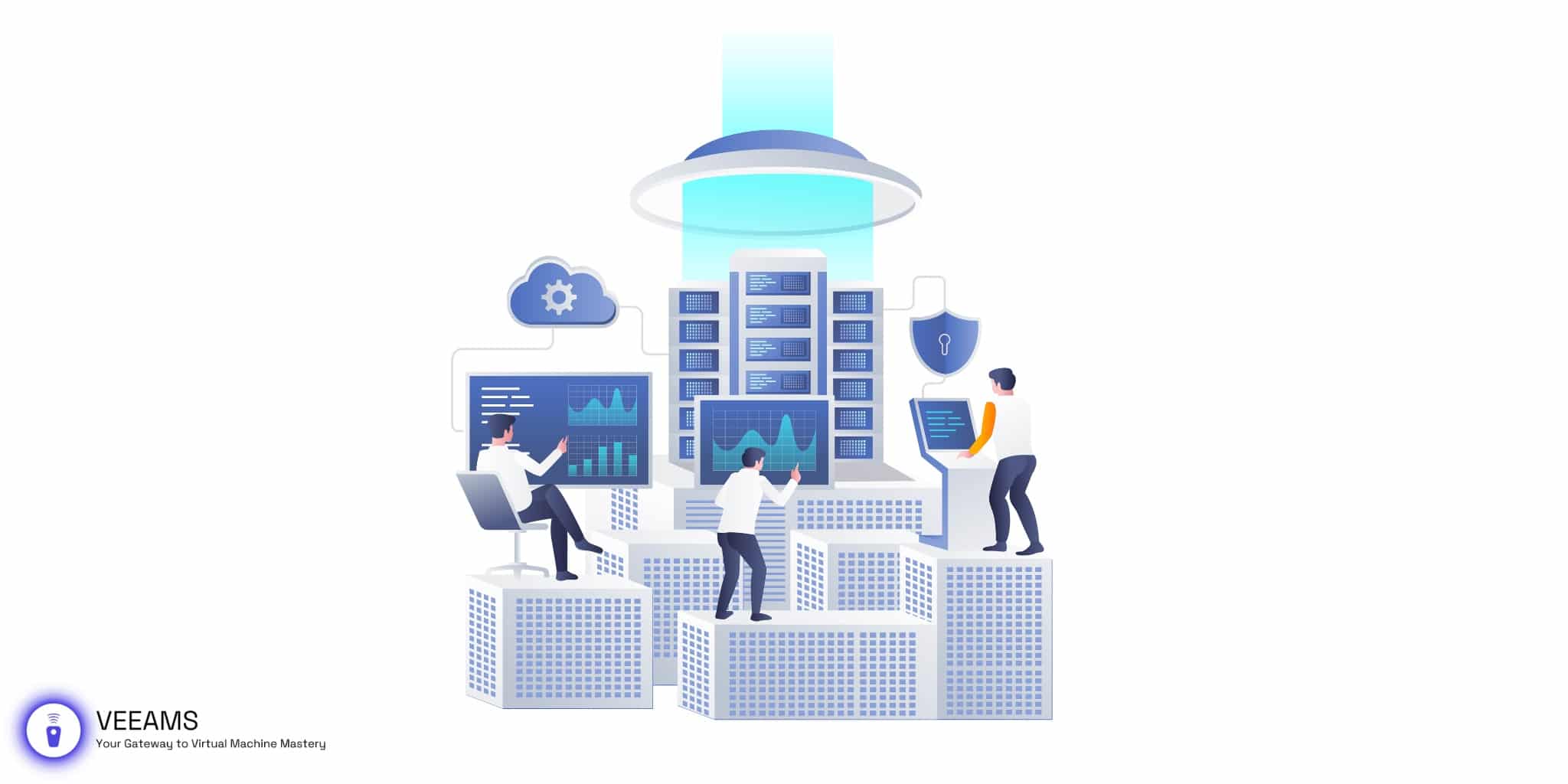This comprehensive analysis aims to uncover the intricacies of VMware’s approach to managing and enhancing big data infrastructure. We will explore VMware’s key strategies, partnerships, and technological innovations, highlighting how they effectively meet the challenges posed by large-scale data processing.
VMware’s Big Data Infrastructure
VMware’s approach to big data infrastructure management revolves around virtualization and automation. By offering platforms that support the virtualization of various applications, including those geared for big data, VMware introduces significant efficiencies. For instance, VMware’s solutions can reduce operational costs by automating routine processes, thus minimizing the need for manual oversight.
A notable example is the use of VMware vSAN, which provides a hyper-converged storage solution, optimizing space and performance for big data applications. This solution integrates seamlessly with existing VMware environments, enhancing data management and retrieval speeds. Such integration not only simplifies the IT infrastructure but also leads to considerable reductions in capital and operational expenditures.
VMware and Hadoop: A Partnership for Analytics
VMware’s collaboration with Cloudera to virtualize Hadoop has been a milestone in big data analytics. This partnership enables the deployment of Hadoop on VMware’s vSphere platform, allowing for more efficient data processing and resource utilization compared to traditional setups. By virtualizing Hadoop, VMware has demonstrated improvements in processing speeds and resource management.
For example, a VMware case study showed that virtualizing Hadoop with vSphere could lead to a 13% improvement in data processing speeds. This enhancement is pivotal for businesses relying on timely data analytics. Additionally, VMware’s vSphere offers features like Distributed Resource Scheduler (DRS) and High Availability (HA), which are essential for maintaining consistent performance and reliability in big data environments.
Enhancing Data Center Resources with VMware
VMware’s vSphere Content Library simplifies the management of data center resources by centralizing the control of VM templates, scripts, and ISO images. This centralization ensures consistent and efficient provisioning of resources across hosts and clusters.
Furthermore, the vSphere Distributed Switch enhances virtual networking management, offering extensive monitoring capabilities essential for handling extensive data volumes. This switch enables administrators to manage networking across multiple hosts and clusters from a single interface, streamlining operations and reducing the potential for errors.

VMware’s Big Data Extensions (BDE)
VMware’s Big Data Extensions (BDE) offer a powerful toolset for managing Hadoop ecosystems within vSphere environments. BDE simplifies the deployment, management, and scaling of Hadoop distributions, providing users with a more agile and cost-effective solution for big data operations.
The extension supports various Hadoop distributions, including Cloudera, Hortonworks, and MapR, enabling users to choose the most suitable platform for their needs. Notably, BDE’s ability to automate runtime and provide elastic scaling is a game-changer, allowing businesses to adapt quickly to changing data demands. For example, BDE can automatically scale Hadoop clusters based on workload requirements, ensuring optimal utilization of resources and thus reducing operational costs.
Scaling and Automation: VMware’s Key Advantages
One of VMware’s significant strengths in big data is its capability to provide scalability and automation. VMware’s solutions, particularly vSphere, enable dynamic allocation of resources, allowing businesses to adjust their infrastructure based on real-time data processing demands. This scalability is crucial for big data projects, where the volume and velocity of data can vary significantly.
Moreover, VMware’s automation features contribute to operational efficiency. For instance, vSphere’s Auto Deploy function allows for the rapid deployment and provisioning of hosts, reducing the time and effort required for manual configurations. This automation extends to workload management, where VMware’s DRS can automatically balance workloads across clusters, ensuring optimal performance and avoiding resource bottlenecks.
VMware vs Competitors in Big Data Analytics
Comparing VMware to its competitors in big data analytics reveals its distinct advantages. For instance, VMware’s overall user satisfaction, as indicated by its 4.6-star rating, surpasses Google’s 4.4-star rating in the data and analytics market. This higher rating reflects VMware’s effective solutions and customer satisfaction levels. Moreover, VMware’s flexibility in integrating with various cloud environments, including Azure, highlights its adaptability and versatility compared to other big data analytics tools. Such flexibility allows VMware to cater to a broader range of business needs and IT environments, giving it a competitive edge in the market.
Conclusion
VMware’s extensive capabilities in managing and enhancing big data and analytics make it a pivotal player in this field. Its solutions, characterized by efficiency, cost-effectiveness, and adaptability, address the complex demands of large-scale data processing. As businesses continue to grapple with growing data volumes, VMware’s innovative technologies and strategies position it as an essential partner in navigating the big data landscape. The company’s commitment to continuous improvement and adaptation ensures it will remain at the forefront of big data and analytics solutions.
